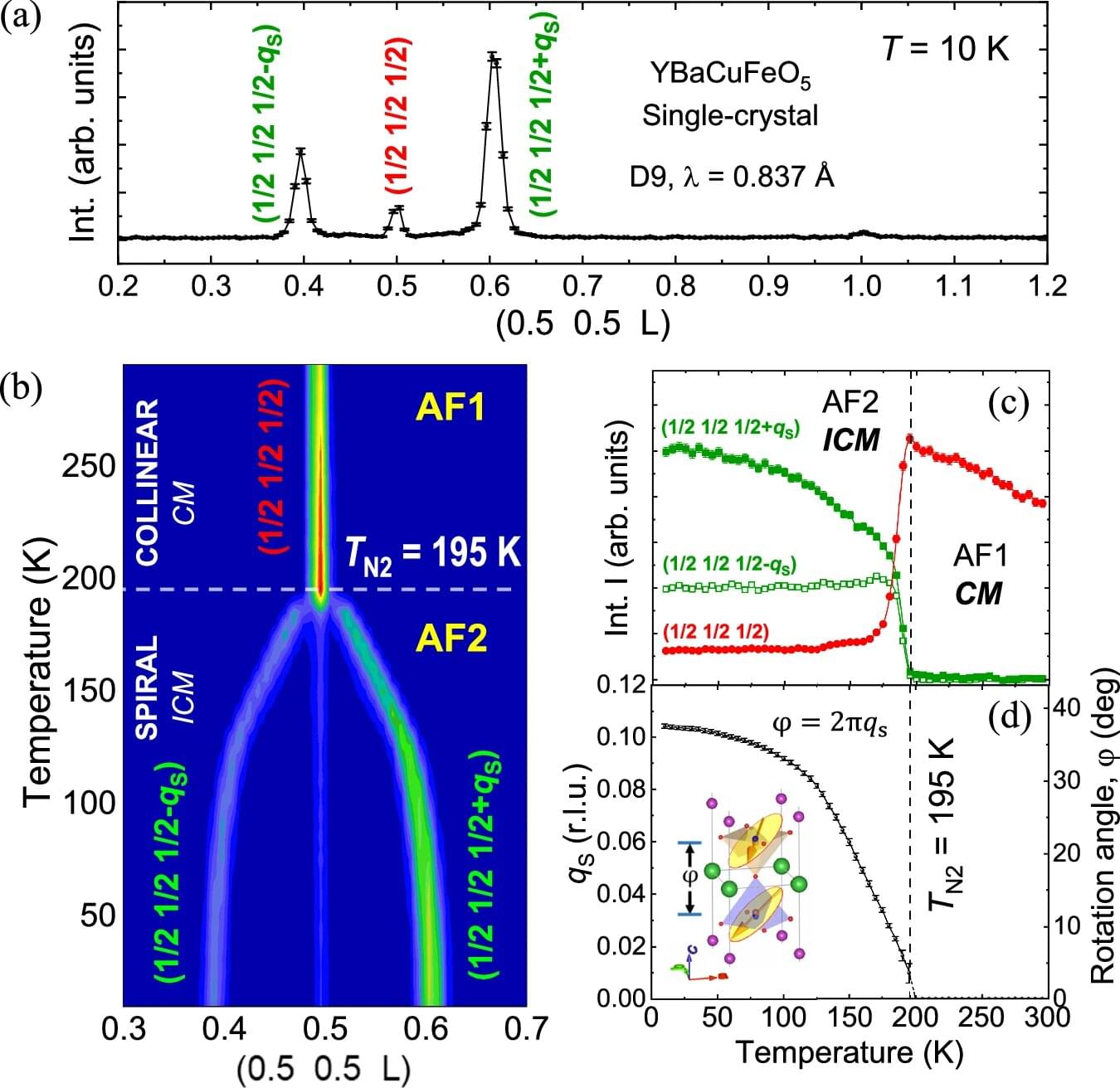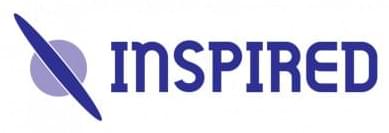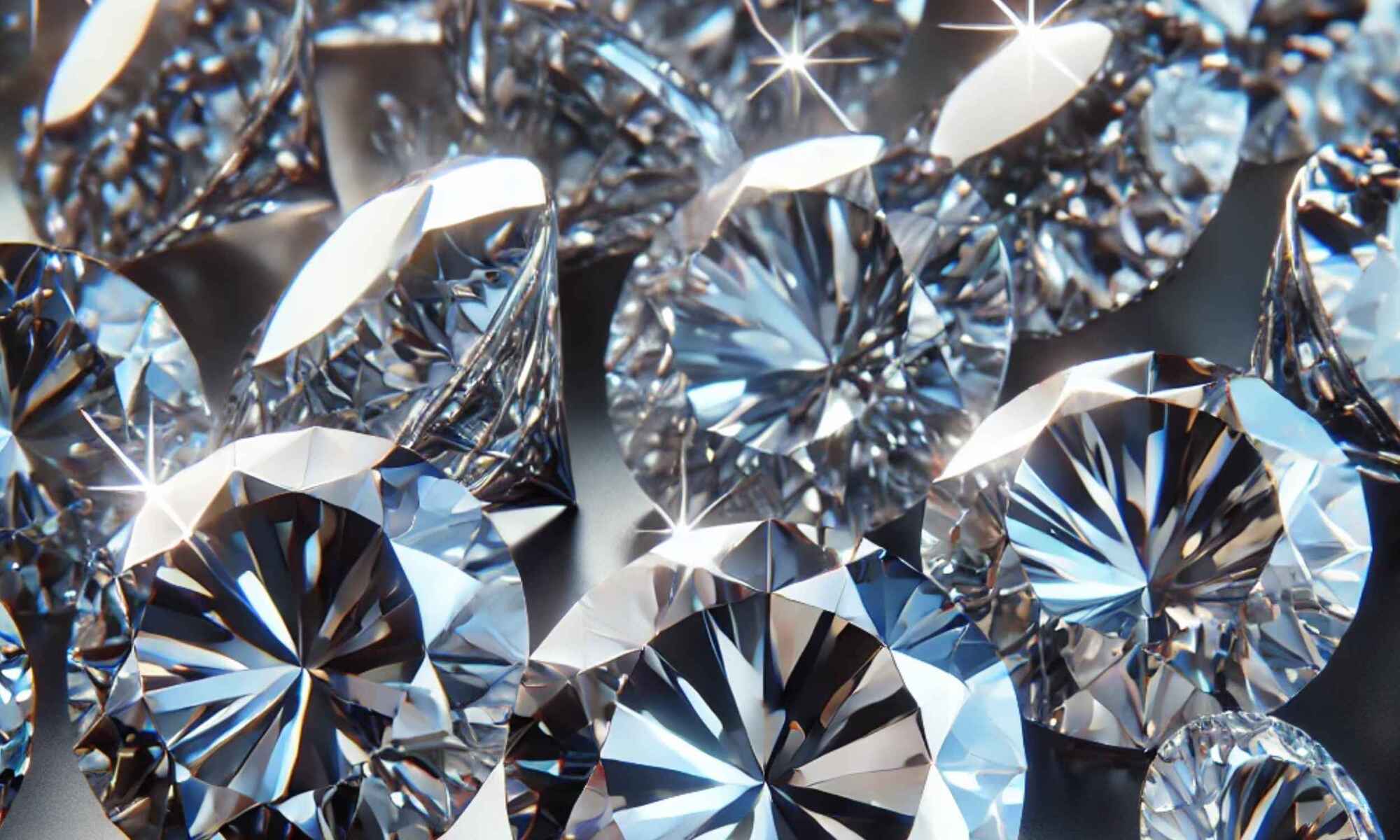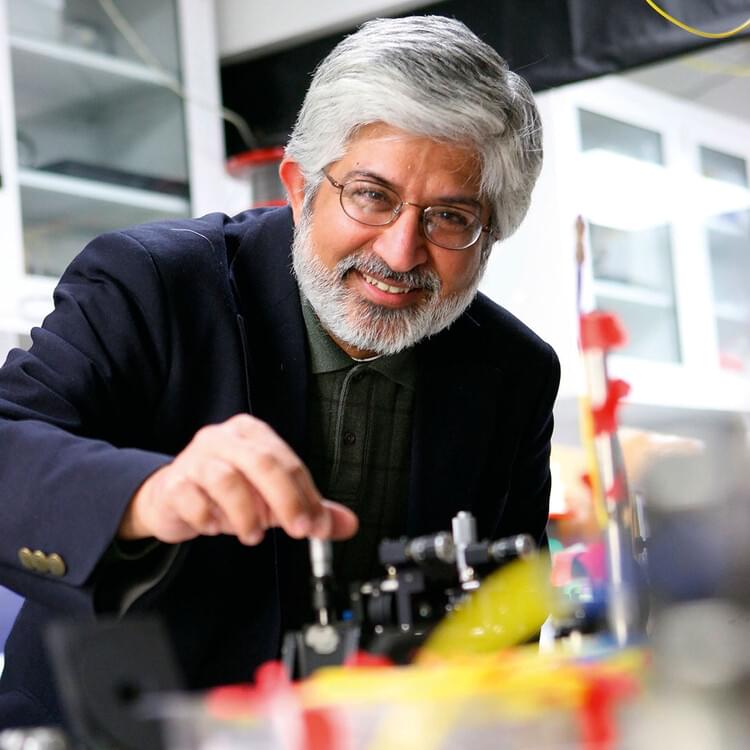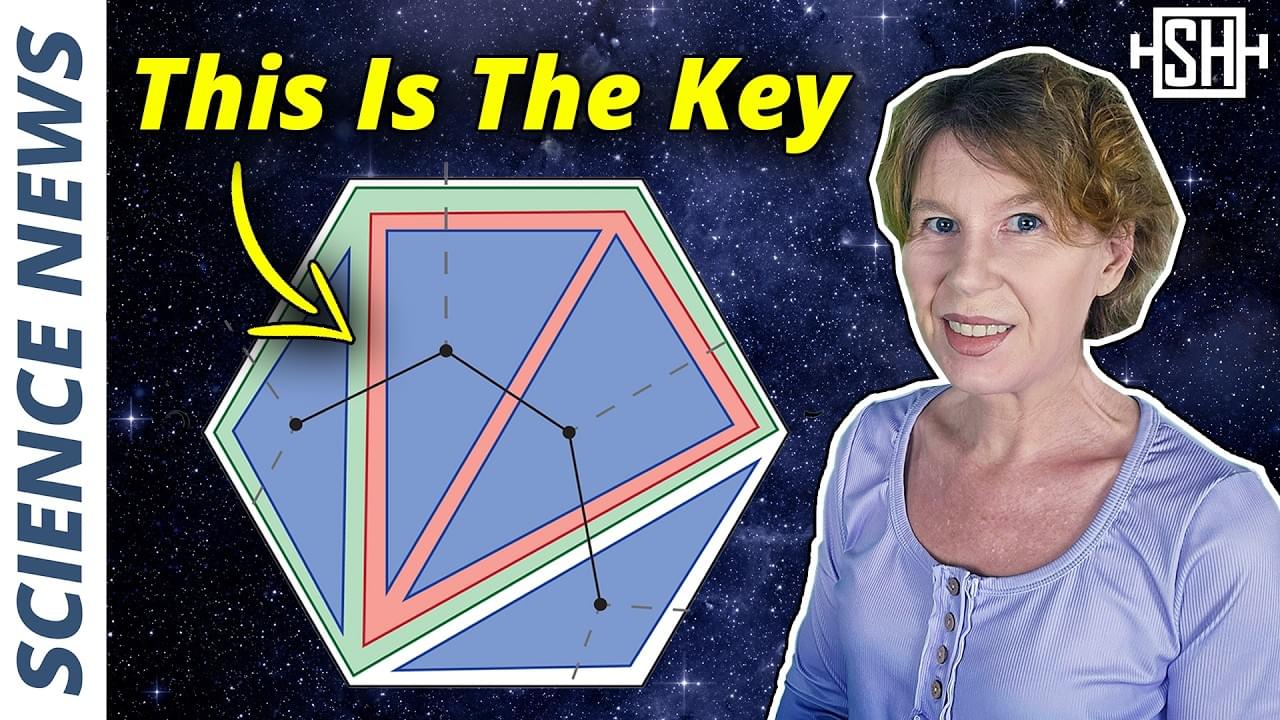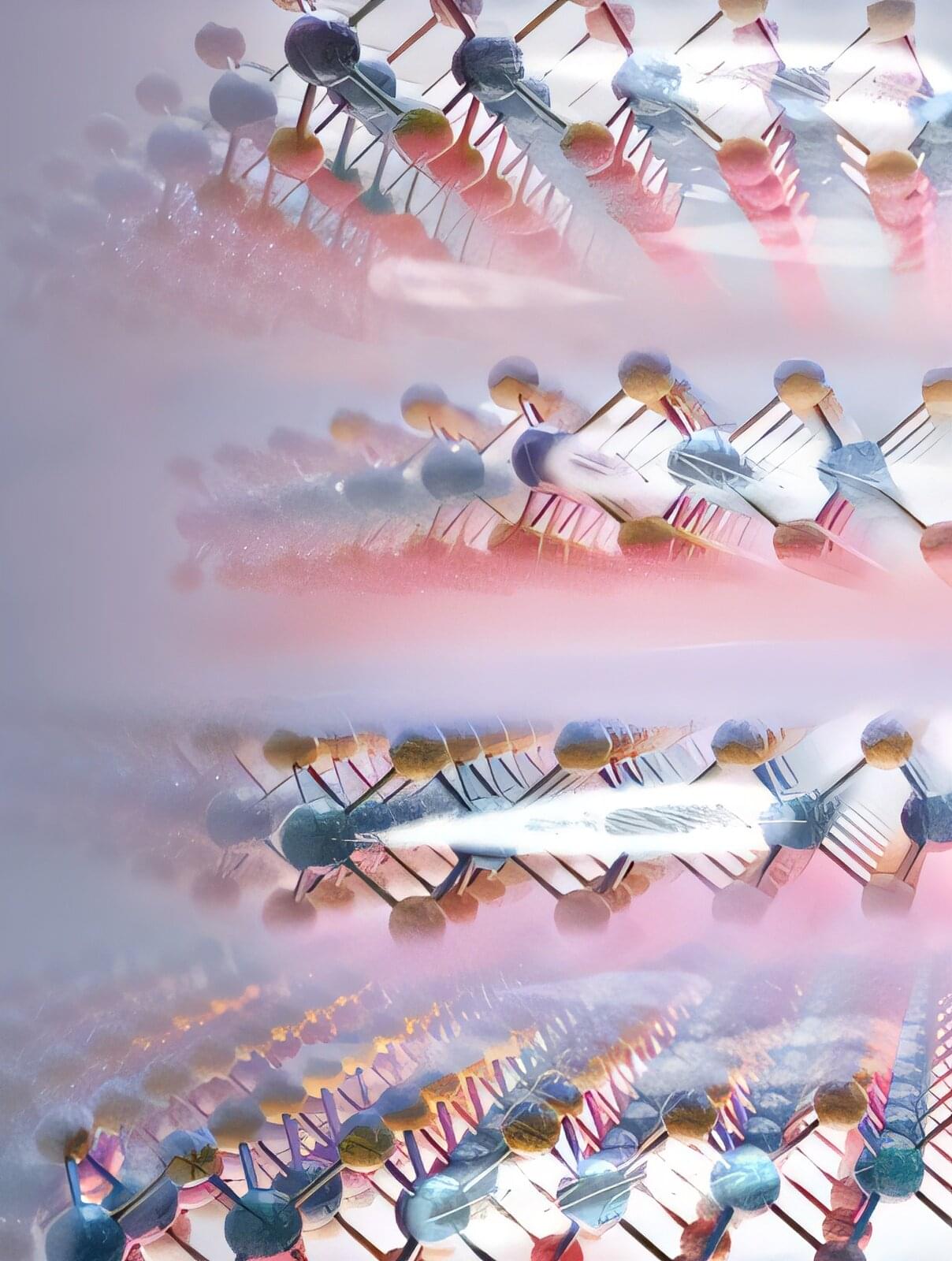How does cold milk disperse when it is dripped into hot coffee? Even the fastest supercomputers are unable to perform the necessary calculations with high precision because the underlying quantum physical processes are extremely complex.
In 1982, Nobel Prize-winning physicist Richard Feynman suggested that, instead of using conventional computers, such questions are better solved using a quantum computer, which can simulate the quantum physical processes efficiently—a quantum simulator. With the rapid progress now being made in the development of quantum computers, Feynman’s vision could soon become a reality.
Together with researchers from Google and universities in five countries, Andreas Läuchli and Andreas Elben, two theoretical physicists at PSI, have built and successfully tested a new type of digital–analog quantum simulator.

